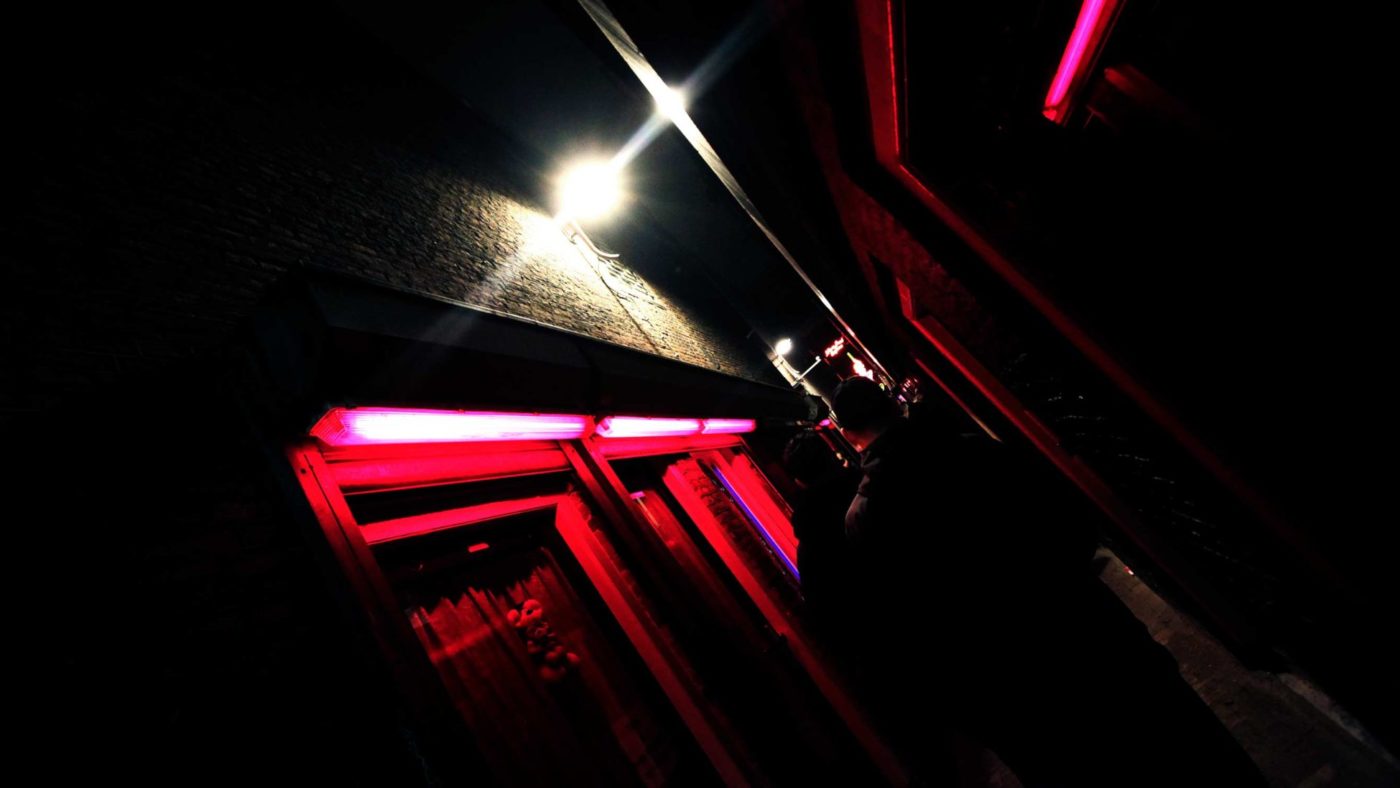Let’s be frank: the oldest profession in the world isn’t going anywhere anytime soon. Humans have been selling sex pretty much since we began grasping the concept of value, and examples of the trade have been found wherever there is evidence of civilisation.
Indeed, the sex trade has managed to survive a long history of restriction. Much of the United States (barring a few counties in Nevada) have criminalised the trade, and impose punishments of varying degrees on both the consumer and the sex worker. In Japan, prostitution has been illegal since the Fifties.
In spite of this, both of the countries (as well as many others) maintain a large market for sex. Havocscope, an organisation dedicated to providing information on global black markets, estimates the annual revenue of US prostitution at around $14 billion. In Japan, the figure is $24 billion. Here in the UK, the underground market for sex brings in around $1 billion.
Yet our current approach to this line of work does little to ensure this money goes to the right places, and even less to ensure the protection and well-being of consumers and workers alike. It’s time to get realistic about sex work; let’s bring the market to the surface and protect the people involved.
For a while it seemed as though the UK was headed in the right direction. Back in 2014, the area of Holbeck in Leeds became the home Britain’s first legal red-light district. The idea behind the creation of such an area was that a hands-off approach would represent the best buttress against trafficking, violence, and disease.
In decriminalising the market, many of the barriers sex workers face are removed. Facing no legal comeuppance, there would be no reason for sex workers not to seek assistance from the police. There would be an incentive to provide better infrastructure, such as increased security measures, when the threat of a police raid on the brothel is removed.
Other cases of decriminalised sex work have warranted such positive results. Perhaps the best (and most obvious) example of this is the Netherlands, who famously take a very tolerant, laissez-faire approach to prostitution. There, sex workers operate in an environment of security cameras, police patrols, and other safety measures. What’s more, is that workers have access to healthcare and STD checks. In bringing the market to the surface, the Netherlands has done a fantastic job of protecting the well-being of sex workers and their customers.
Decriminalisation has also helped the Dutch economy. The revenue of the Dutch sex trade stands at around $800 million (€625 million) a year. As a visible, regulated market, this money goes to the workers and businesses themselves (as well as 33 per cent in tax revenue for the Dutch government), rather than into the pockets of criminals and human traffickers.
Despite the success of the Dutch market, as well as the other evidence supporting the benefits of a legalised sex trade, some are already calling for an end to the aforementioned Leeds red light district. Locals complain about the increase in sexual activity, as well as other negative externalities such as discarded contraceptives or drug paraphernalia. Politicians argue that decriminalisation has not done enough to protect sex workers from coercion, drug addiction, or STDs.
However, many of these negative externalities do not stem from the existence of a free sex market in itself, but from illegal activity. According to the local paper Leeds Live, the rules of the district state that the sale and use of drugs remain prohibited, as does public sex, littering, and other forms of anti-social behaviour. Meanwhile, common complaints from locals revolve around discarded needles and other unsavoury litter, as well as misbehaving patrons causing disturbances.
Many of the issues posed by the district do not seem to stem from the free market itself, but from generally antisocial, illegal behaviour. As such, to blame the hands-off approach is something of a fallacy, and a better solution would be to iron-out these issues, rather than simply shutting the district down.
As an alternative to the laissez-faire approach, some propose a Nordic model whereby sex work itself is decriminalised but purchasing sex remains an offence. The idea behind this is to protect the workers while deterring consumption, which would theoretically reduce the size of the market over time.
Yet this model lacks many of the advantages of a well-implemented legal market, and would bring with it a far greater deal of restrictions on consumer choice, as well as potential risks for further harm against sex workers. After all, the kind of person who would knowingly harm a sex worker is not the kind to be dissuaded by criminalisation; if buying sex is criminalised, then only criminals will buy sex.
This is precisely what we have seen happen in Ireland, where the Nordic model was introduced in 2017. Since then, violent crime against sex workers has almost doubled. Consumers, sceptical of potential intrusions from the Gardai, make sure to check that the worker is alone before engagement.
Let’s not give up on laissez-faire. While the Leeds trial was far from perfect, the idea behind it has been seen to function well, protecting the well-being of sex workers and customers without the need for paternalistic intervention as in the Nordic model. Our first red light district might need some reform, but there’s no reason to throw away the free market model just yet.


